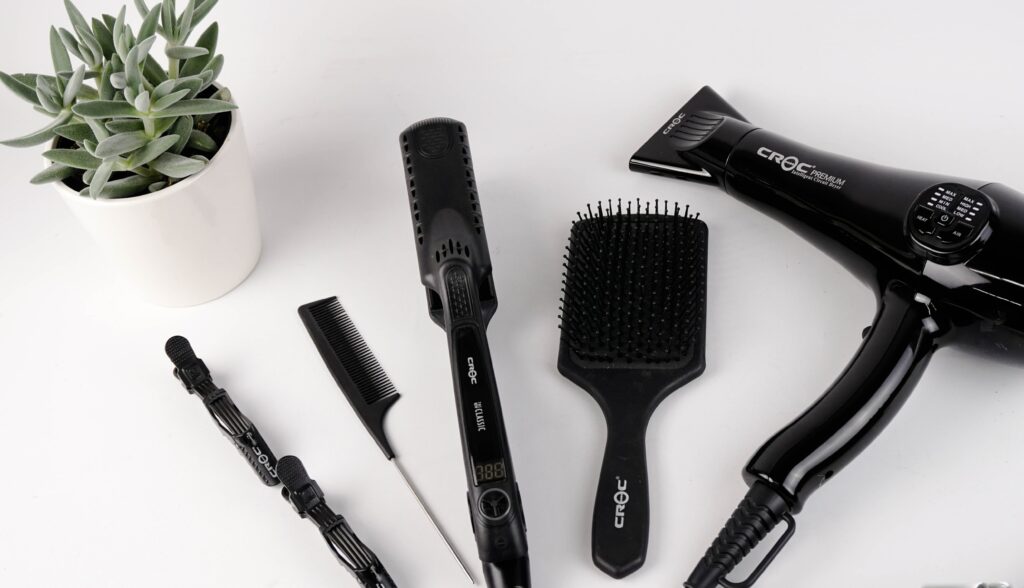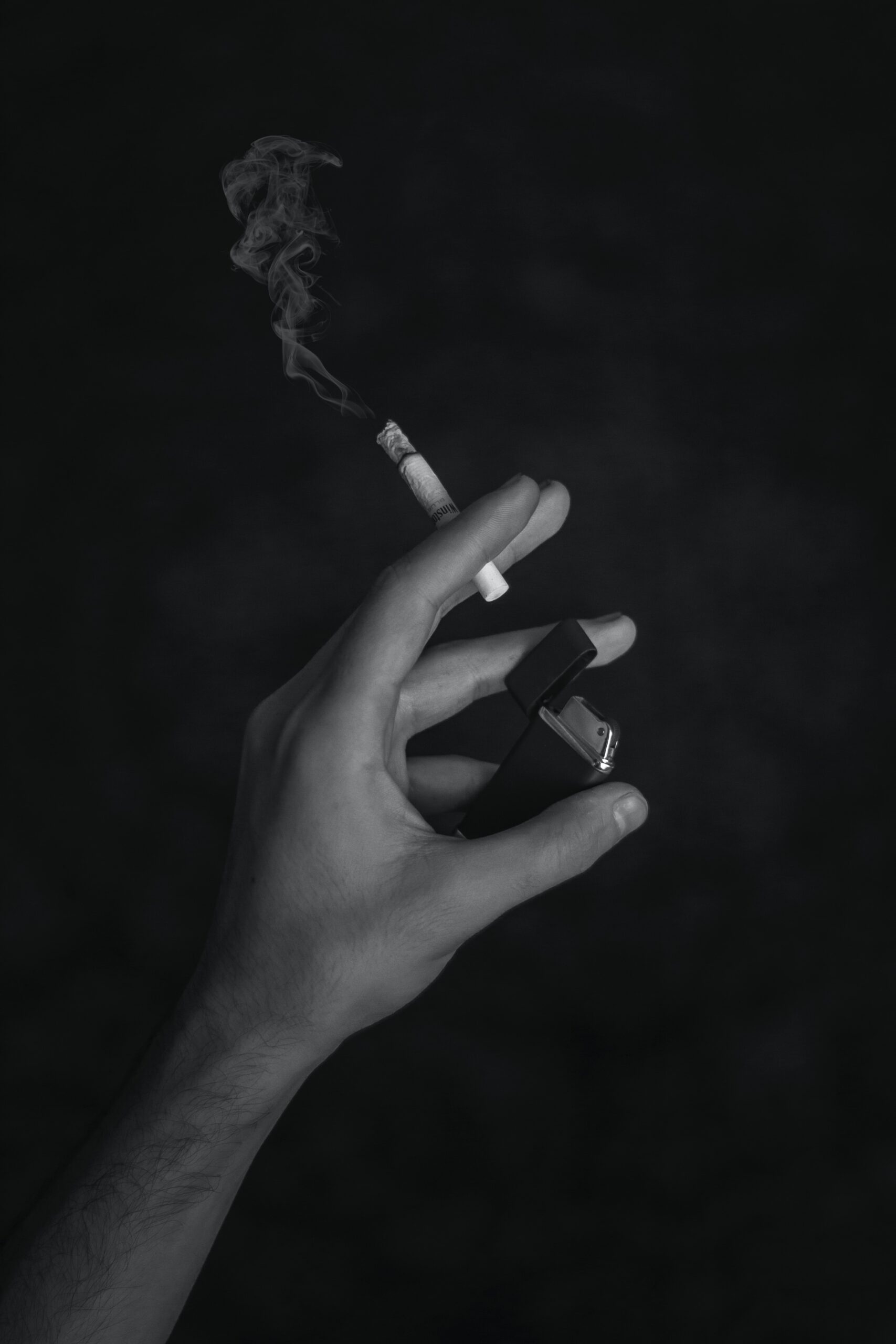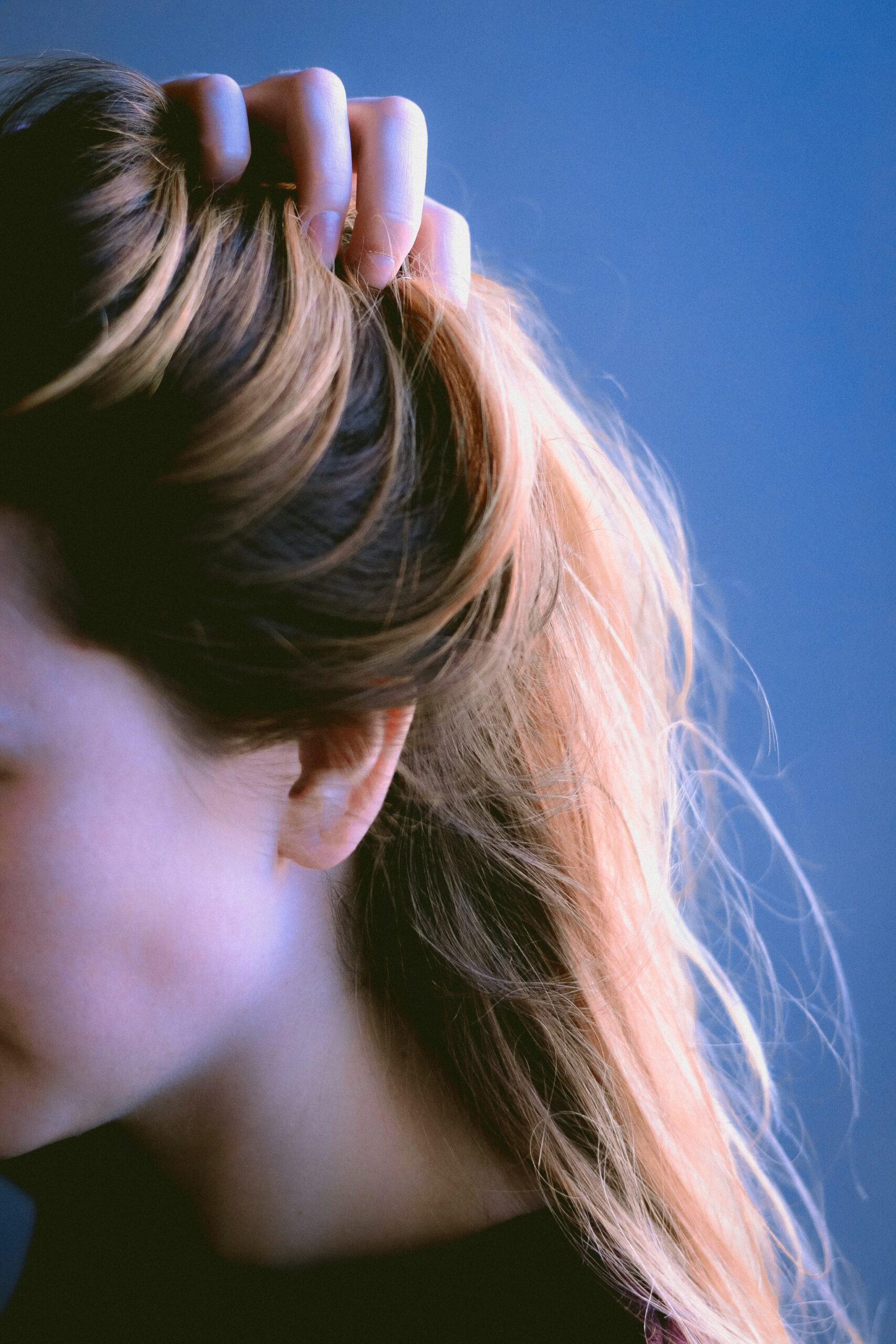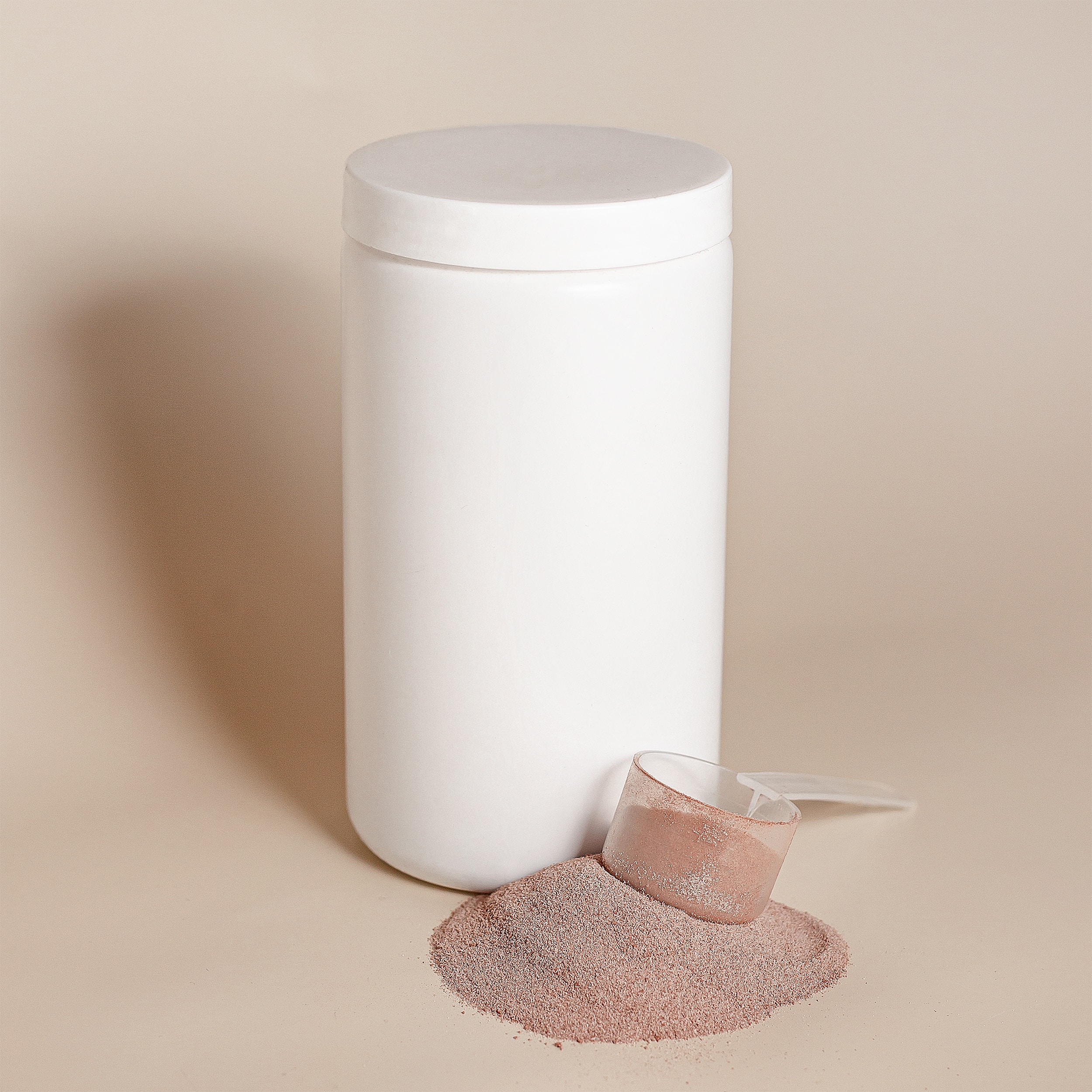
Is Styling Your Hair Linked To Hair Loss?
6th December 2021
Although more commonly linked to genetics or hormones, hair loss can be the result of lifestyle and environmental factors too. Many of us style our hair daily without considering the toll that it could be taking on its health. Let’s discuss how styling your hair could be contributing to hair loss and, importantly, what you can do to stop it.
Brushing
Brushing isn’t bad for your hair although brushing the wrong way, or at the wrong time, may damage the hair shafts or even hair follicles, so you need to take care.
Brushing or combing should only be done when hair is dry. Wet hair is sensitive to damage, so don’t brush your hair when you first step out of the shower, for example. Being gentle when you brush is important too. Aggressive or excessive strokes may cause damage to the hair shaft, or even result in the hair being pulled directly out of the scalp. Always use a wide-toothed comb and start your brushing from the ends of the hair before moving towards your scalp to minimise any damage.
Heat Styling
Using heated tools on your hair when styling it such as hairdryers, straighteners and curling wands can cause damage, leaving hair dry, weak, and prone to breaking — which contributes to hair loss.
It’s a wise idea to try and avoid daily use of heated tools, giving your hair a break for two or three days a week. It’s also advisable to use the low heat settings on your appliances, if available. Heat defence sprays are another way to help minimise the damage — there are many of these on the market which should be applied to the hair before using these hot styling tools.
Dyeing
Changing the colour of your hair can also contribute to hair loss, particularly if you don’t ever give your hair a rest from dye or you use very harsh chemicals, such as bleach.
The chemicals found in hair dye, such as ammonia and hydrogen peroxide can actually loosen hairs, resulting in shedding. Plus, the rubbing and combing that is needed to dye hair often only increases shedding further. In addition to this, the chemicals in dye products weaken the hair shaft, increasing breakage and potential loss.
It’s always a good idea to take a break from hair dyeing or chemical treatments as much as you can. Also, consider semi-permanent dyes, highlights and balayage techniques as they are less damaging to hair. Deep conditioners work well to keep coloured hair hydrated and healthy too.
Tight Hair Styles
Traction Alopecia is another name for hair loss resulting from stress or tension on the hair follicle. This type of hair loss can occur from simple things such as tying your hair into a very tight style every day or having it constantly braided in styles such as cornrows.
If you can, try to only have your hair pulled into a tight style on certain occasions or, if you need to have it tightly tied frequently, then loosen your style, especially around the hairline which is prone to damage. It’s advisable not to wear tightly braided styles for any more than three months at a time.
Hair Extensions
Hair extensions can work well to add length and volume to hair, but overuse is unfortunately another well-documented cause of Traction Alopecia.
If you’re considering hair extensions, it’s best to do plenty of research and take expert advice on the best type for you. It’s also worth considering how to have them fitted into your hair as this makes a difference to the potential damage that can be caused. It’s important that you only have extensions in your hair for a limited period so that your hair follicles have time to rest and recover from any trauma.
Remember, if you have any concerns about your hair loss or feel it is excessive, always speak to your GP.


